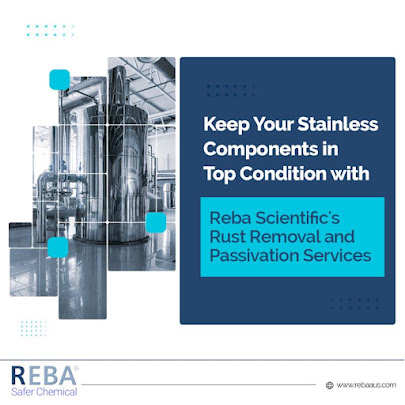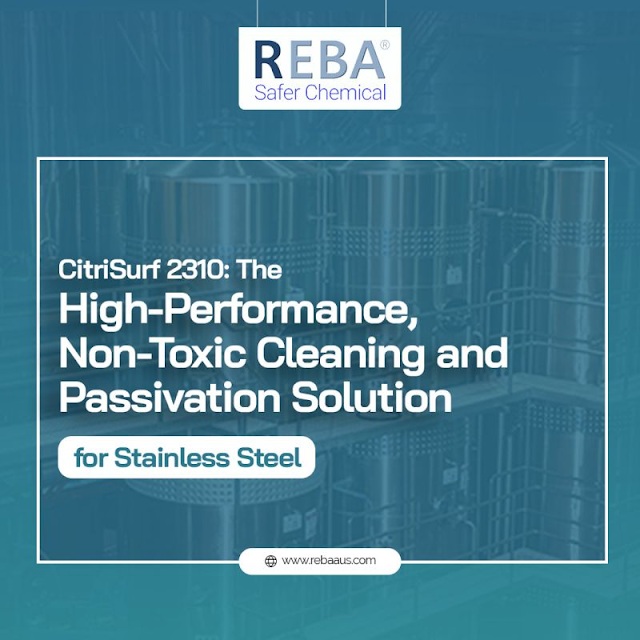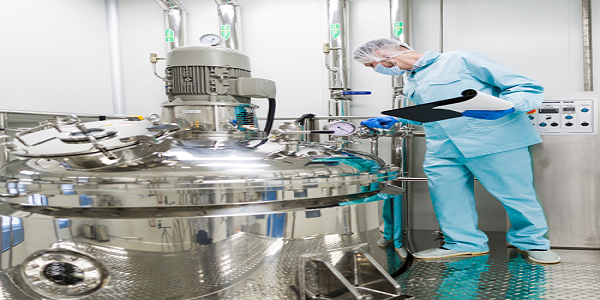The Stainless Steel Passivation Process: Warding off Rust for Longevity
Stainless-steel is renowned for its rigors and resistance to rust, making it a recommended choice for various applications in industries ranging from construction to healthcare. Nonetheless, stainless steel is not completely unsusceptible to corrosion, which is where the stainless steel passivation process enters play. In this article, we will explore the relevance of passivation for stainless-steel and explore the factors behind rust on stainless steel surfaces.
Comprehending Stainless Steel Passivation
Stainless-steel consists of a minimum of 10.5% chromium, which develops a thin, safety oxide layer on its surface when exposed to oxygen. This passive layer serves as a guard against rust, giving stainless-steel its prominent rust-resistant residential or commercial properties. However, during manufacturing, welding, or various other processes, the passive layer can become jeopardized. This leaves the rust on stainless-steel.
The Stainless Steel Passivation Refine
Passivation is a chemical process made to bring back and improve the protective passive layer on stainless-steel surfaces. The process entails the elimination of pollutants such as totally free iron, dust, oil, and various other international materials from the stainless steel's surface. These pollutants can interrupt the development of the passive layer or function as websites for rust initiation.
The passivation procedure generally contains the adhering to actions:
Pre-Cleaning: This entails the elimination of visible impurities using alkaline or acidic cleansers.
Rinse: Thorough washing ensures that no cleaning residues are left on the surface.
Passivation: Immersion in a passivation option, normally containing nitric acid or citric acid, starts the elimination of free iron and promotes the improvement of the protective oxide layer.
Rinse Again: Another rinse follows to remove any kind of recurring passivation service.
Drying out: Correct drying out is critical to prevent water areas or stains.
Why Does Rust Occur on Stainless-steel?
In spite of its deterioration resistance, stainless-steel can still rust under certain conditions. Below are some common reasons behind corrosion on stainless-steel surfaces:
Contaminants: As mentioned earlier, impurities externally can jeopardize the passive layer's honesty. This includes exposure to chlorides from saltwater or cleansing representatives.
Pitting Corrosion: Stainless steel can experience local corrosion, called matching deterioration, when exposed to aggressive atmospheres, such as those including chloride ions.
Temperature: Extremely heats can impact the passive layer, making the stainless steel extra at risk to deterioration.
Absence of Oxygen: In locations with restricted oxygen access, such as holes or tight installations, the passive layer might not create correctly; bring about rust in those areas.
Stainless-steel is a remarkable product recognized for its resistance to corrosion and rusts. Nevertheless, to ensure its durability and optimal efficiency, it's vital to recognize the stainless-steel passivation procedure and the factors that can result in rust development. By consistently passivation stainless steel surfaces and preserving a tidy environment, you can make the most of the life-span of stainless steel elements and enjoy their benefits for several years to come. Bear in mind, prevention is the essential to maintaining corrosion away and protecting the stability of stainless steel.




Comments
Post a Comment